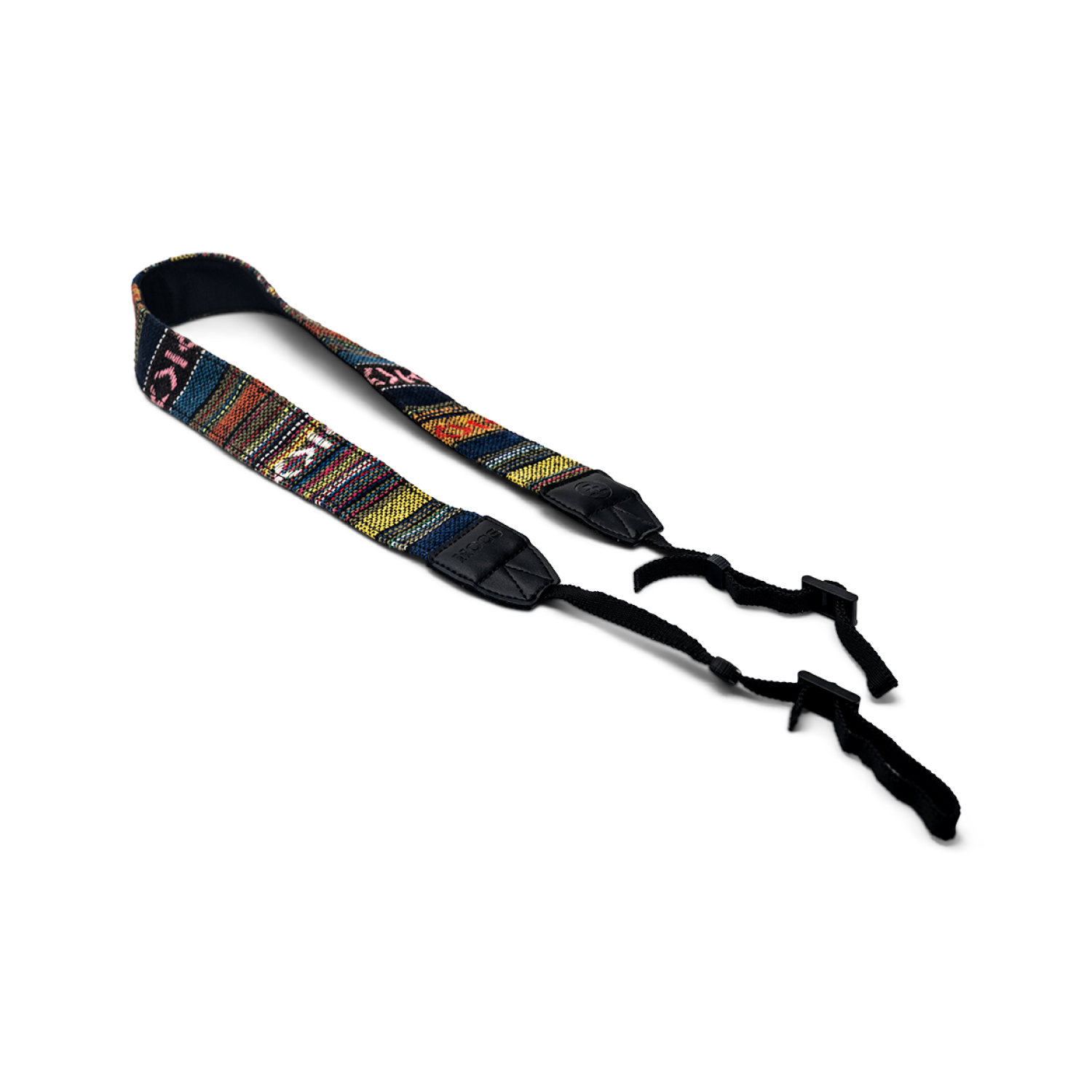There’s a lot more to these blue feet than meets the eye. Indeed, the blue-footed booby’s feet are both representative and determining of its success.
So what gives them this blue hue? Simply put, it’s the bird’s seafood diet.
The fish provide them with high levels of carotenoid, giving the vibrant coloration you see. Carotenoids also act as an antioxidant and stimulant when consumed by the bird. This suggests that boobies with brighter feet have healthy immune systems. As the bird ages, the blue begins to dull out.
So, as you can see, the brighter the blue, the healthier and younger the booby. This makes it easier for females to determine which male is most fit for mating. And ironically enough, females have the brightest feet of them all!

Blue-footed boobies are Pacific-dwelling seabirds. They’ve been spotted as far north as the California coastline and as far south as Peru. However, the highest concentration of nesting blue-foots can be seen in the Galapagos Islands; this accounts for about half of all breeding pairs.
Aquatically, boobies are brilliant and adept. By land, well, let’s just say that the booby was given its name for a reason. Due to the birds’ terrestrial clumsiness, early Europeans gave the bird the name “booby” — which comes from the Spanish word bobo. Bobo translated is the same as the English word, “Fool.”

However, blue-footed boobies have a trick up their sleeve — they are impressive fishers. They fish for sardines, anchovies, and other small fish. Blue-foots will divebomb from as high as 100 ft. in the air, reaching depths of up to 80 ft.
To make matters even worse (for the fish), boobies are tactical; they will collaborate in groups to maximize their success. When one bird spots prey, it will alert the others. Then, the group will unanimously dive into the water, stun the school of fish, and scoop up as many as they possibly can.
Blue-foots will divebomb from as high as 100 ft. in the air, reaching depths of up to 80 ft.
In addition to technique, blue-footed boobies are biologically adapted for aquatic finesse.
Tiny air sacs in their skulls protect their brains from extreme pressure while diving. Their nostrils are permanently shut; instead, boobies breathe through the corners of their beaks. Webbed feet propel them through great distances while underwater.
Blue-foots also have binocular vision; both of their bright yellow eyes face frontwards. This allows them to have a 3-dimensional view of their surroundings.
Partnering up begins with the male, casually flashing his blue feet to the female. He proceeds with a bow and a display of the wings. If this impresses the female, she will join the male in his dance.

Both parents take part in parenting responsibilities. They switch off on incubating duty, sometimes using their webbed feet to do so. When the eggs hatch, both parents ensure the young are kept warm and fed properly.
Blue-footed boobies have sort of a unique approach to hatching their young — they practice asynchronous hatching. Birds can lay eggs hours, sometimes days apart. Most birds begin incubation once all of the eggs are laid so that they will all hatch simultaneously. However, boobies start the incubation as soon as the first egg is laid, resulting in different hatching times.

The varying size and development of the young leads to sibling rivalry and parent-offspring conflict. In other words, the last to hatch are picked on by their siblings and disfavored by their parents.
Recent studies have confirmed that the blue-footed booby population is slowly declining. It’s thought to be a consequence of decreased availability of food — especially sardines. Without adequate access to its prey, the booby does not bother with breeding. Further studies are being conducted to verify that lack of food is truly the cause.
